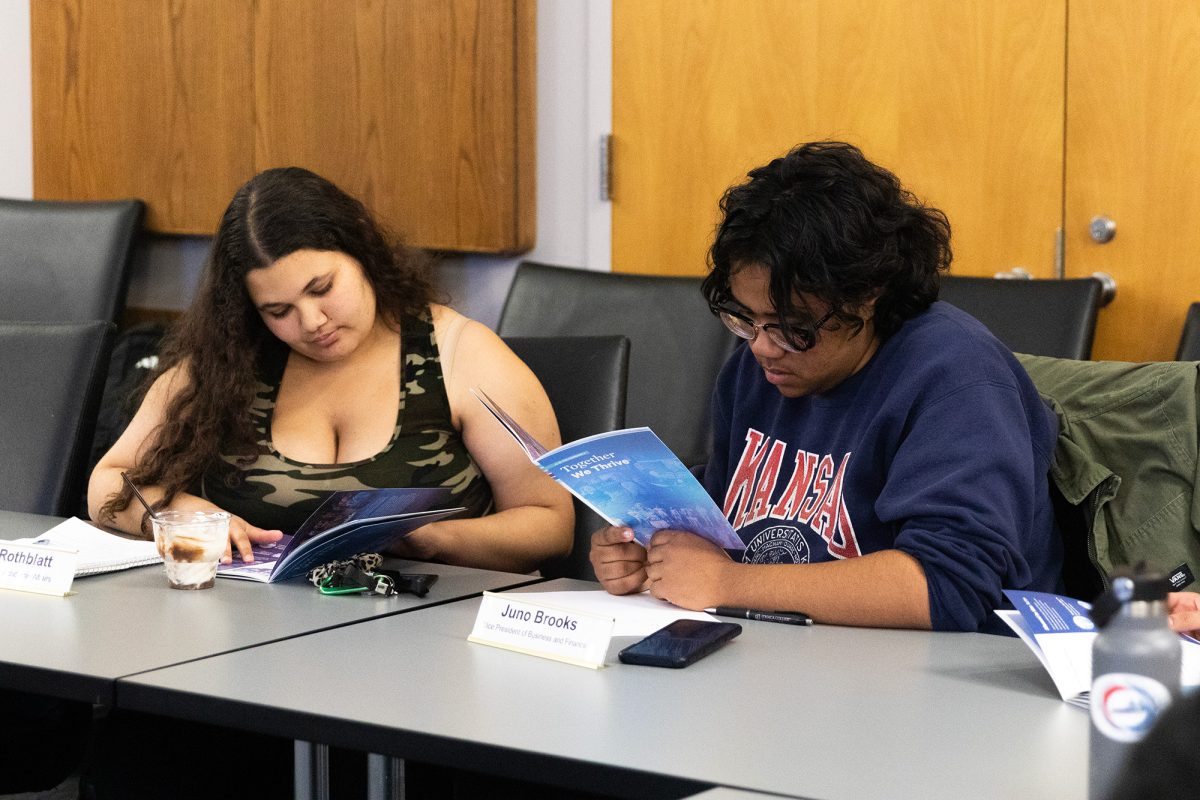Nearly 50 years after the civil rights movement of the 1960s, race remains an issue in mainstream America. Christopher House — a predoctoral diversity fellow in the Department of Communication Studies, one of three in the School of Humanities & Sciences — has spent much of his career researching race issues, most recently pertaining to the role of racist memorabilia in contemporary society. House teaches “African American Rhetoric,” a fall course that examines the language and speech styles used by prominent African Americans, ranging from former rap artist Tupac Shakur to President Barack Obama.

House will present his findings on the buying and selling of racist artifacts at 12:10 p.m. Thursday in Clark Lounge in the Campus Center. The presentation, “Mammy’s Cookie Jar: The Commodification of Black Pain,” will explore how the racist memorabilia marketplace continues to have a negative impact on the people whom the artifacts misrepresent.
Staff writer TinaMarie Craven spoke with House regarding racist memorabilia and its role in modern American society.
TC: What issues will you address in your presentation Thursday?
CH: What I intend on doing is looking at racist memorabilia, specifically caricatures known as the “sambo,” “Coon,” “Pickanny,” “Mammie” and “Uncle” caricatures. These caricatures that have their history rooted in Jim Crow, in segregation and in discrimination as artifacts, rather, to justify the economic, political and social oppression of African Americans. We’ll be looking at these objects and raising questions concerning the buying and selling of these objects as practiced today on eBay.
If you type in the word “Mammy” and “Mammy’s cookie jar,” you’ll see these items still fetch hundreds of dollars, so we’ll be talking about that. We’ll be looking at the commodification of black pain — that these items are rooted in a history of oppression that was designed to cause psychological and emotional pain in African Americans — at the same time naturalizing and normalizing the source of inferiority projected in African Americans, examining those issues and looking at what I’m calling “slave economies” and how, during the slave economies, the minorities were expected to cater to the needs of the majority. This type of system is going on, I’m arguing, today with the buying and selling of these items.
TC: You were quoted as saying that David Pilgrim’s Jim Crow Museum of Racist Memorabilia was “commendable.” Can you explain your reasoning?
CH: Certainly, it’s commendable. The creation of this museum is commendable in that the museum used Jim Crow objects to show that racism was wrong and is wrong. … This museum talks about the origin of Jim Crow and its relation between Jim Crow and discrimination and these images of anti-Black, racist imagery and how it’s changed into everyday material objects. It’s looking at those objects, and the racism openly found and having conversations subsequently as a result of visiting the museum, that fosters open and honest conversation that their museum is functioning from that space.
TC: Is it possible that these items of intolerance could breed further intolerance if people misunderstood what the museum’s purpose was?
CH: Perhaps — that’s a very real possibility. Absolutely, there isn’t any screening process as to who visits the museum, and you can have individuals that are going there for those exact purposes, so that’s a very real possibility. However, I don’t think that’s enough of a reason to shut down the museum or close the museum.







